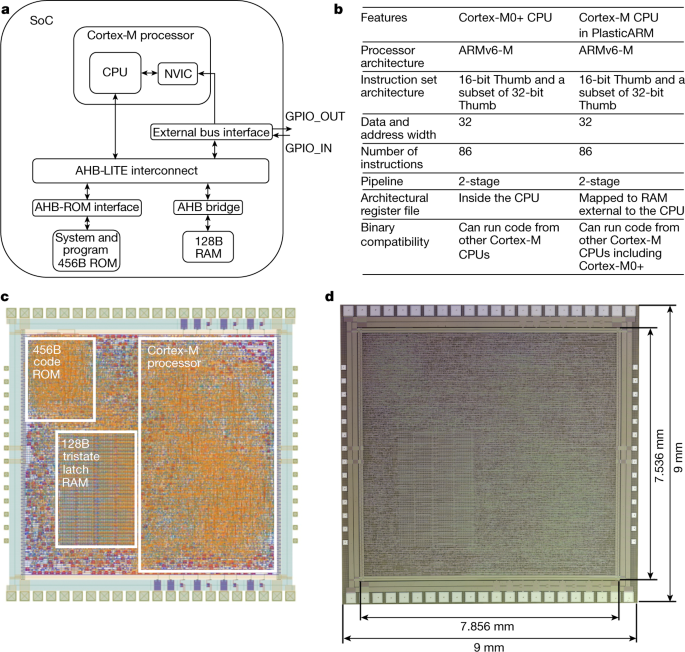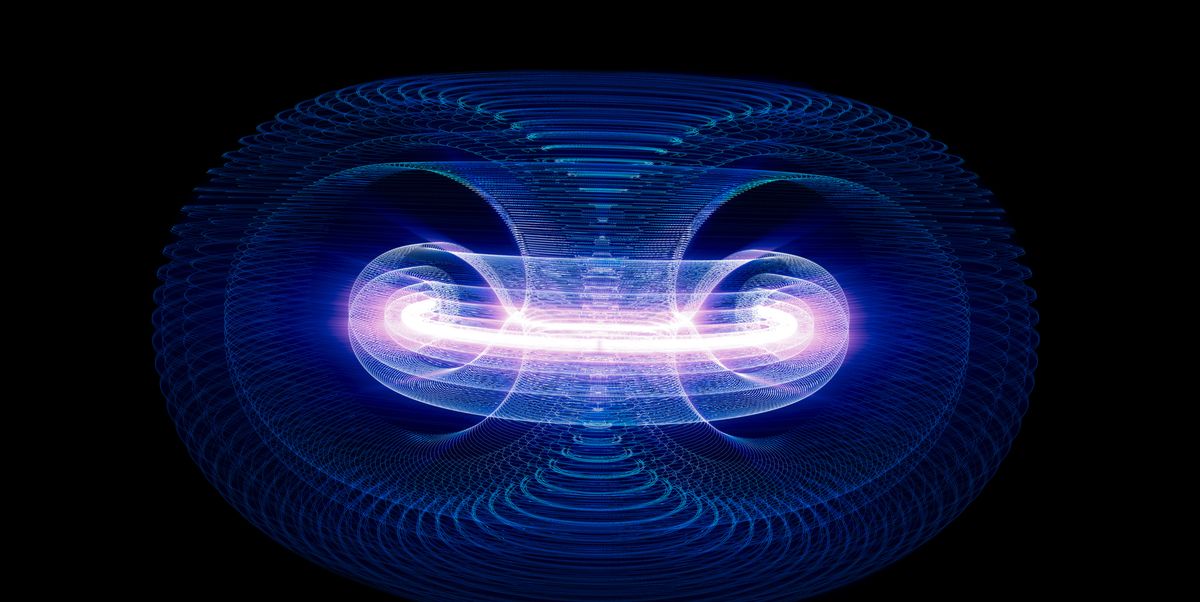
How a Simple Arithmetic Puzzle Can Guide Discovery
In the April Insights puzzle, I tried to guide readers down a path that might be best described as “experimental mathematics.” The goal was to rediscover two constants by iterating simple arithmetic procedures. Readers found that the procedures ended in a repeating cycle — either in a single number (a “cycle” of one) or in a cycle of two or more numbers. The first constant, 6174, was discovered in 1946 by the Indian mathematician D.R. Kaprekar through pen-and-paper arithmetic explorations. The second, ∂ = 4.6692016…, was discovered in 1975 by the mathematical physicist Mitchell Feigenbaum with the aid of an HP-65 programmable calculator.
Both of these constants remain somewhat mysterious. The first is an interesting curiosity in recreational number theory, while the second is a universal constant central to many chaotic phenomena in the real world.
For each number in the series, the first number in the parentheses is obtained by arranging the digits in descending order, and the second by arranging them in ascending order. The next number in the series is obtained by subtracting the second number in parenthesis from the first. This is known as the Kaprekar procedure.



















